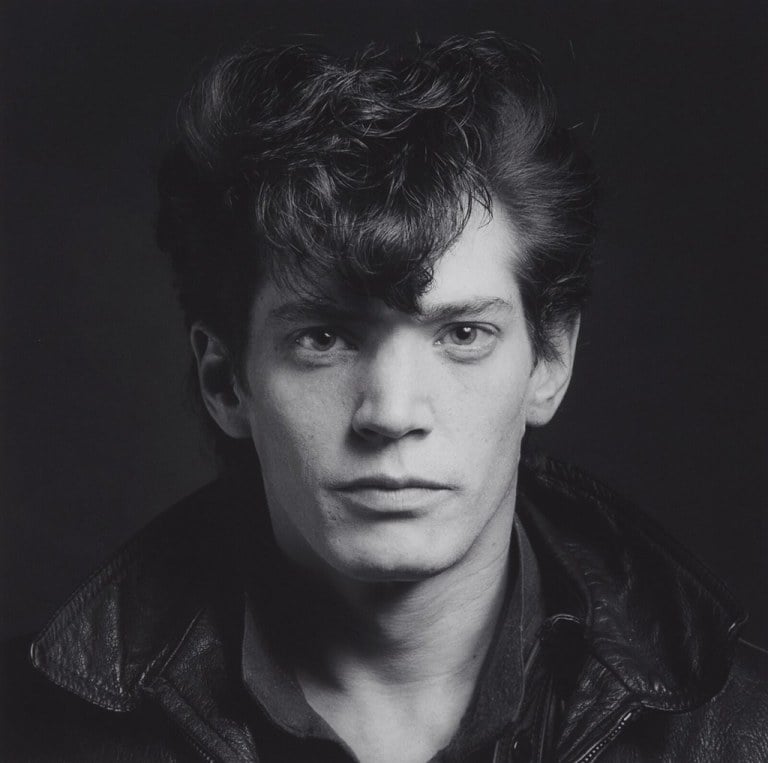In June of 1989, the Corcoran Gallery of Art in Washington, D.C., elected to cancel “The Perfect Moment,” a retrospective on American artist Robert Mapplethorpe. Mapplethorpe, who had died earlier that year in March of AIDS-related complications, was notorious for his photographic work that combined sleek formal sensibilities with graphic explorations of gay subcultures in New York City.
Included in the retrospective were photos of explicit gay sadomasochistic sex, which garnered significant controversy amongst religious groups such as the American Family Association and conservative politicians such as former senator Jesse Helms. The retrospective ultimately became the focal point of the “culture wars” of the late ’80s and ‘90s, as right-wing conservatives sought to combat perceived “threats to public morality,” including foreign communism and domestic shifts in gender roles.
One of the most interesting interpretations of the Mapplethorpe controversy and the culture wars comes from anthropologist Carole Vance. In her essay “The War on Culture,” written for the artist-advocacy foundation Art Matters, Vance argues that the images needed to be protected not in spite of the fact that they were sexual, but because of their sexual nature and the fact that they provided challenging, alternative visions of sexuality.
“If we are always afraid to offer a public defense of sexual images, then even in our rebuttal we have granted the right wing its most basic premise: sexuality is shameful and discrediting,” she writes.
For Vance, images in the public arena act as protectors of private practices. A diversity of images permits a diversity of practices. The flip side to this, though, is that our ability for imagination is partly constrained by the images we consume. Whatever is more readily available as an erotic image is more easily comprehensible and accessible in sexual practice.
“People deprived of images become demoralized and isolated, and they become increasingly vulnerable to attacks on their private expressions of nonconformity, which are inevitable once sources of public solidarity and resistance have been eliminated,” Vance writes.
Vance’s emphasis on a material object — the image — in its relation to something as abstract as sexual imagination has long been interesting to me. In recent months, though, I’ve wondered whether there was a way to extend her argument beyond Mapplethorpe, the art world and sadomasochistic subcultures. Could we interrogate the norms of what specific images we understand when it comes to sex?
One way to expand this argument was to incorporate a feminist reading, especially a political critique of sexual images, sexual fantasies and the patriarchy. In particular, I looked at two essays, “Fantasies” by Nora Ephron and “The Right to Sex” by Amia Srinivasan.
In “Fantasies,” written in 1972, Ephron argues that feminism can never progress until women are willing to address their private sexual fantasies. In particular, Ephron’s interest lies in women she knew who simultaneously harbored progressive feminist politics alongside regressive sexual fantasies. In those fantasies, traditional gender roles of male domination over women — often enacted in extreme manners — prevailed.
Ephron wondered whether this type of erotic fixation could be segregated as something solely personal. As long as women’s subconscious desires continued to perpetuate specific gender roles, would this mindset not intermittently flare up and color the way they navigated the world? Our public lives were starting to adopt new narratives regarding women’s post-feminist status, so why were our subconscious selves still so stuck?
“What will happen to sex after liberation?” Ephron poses at the end of her essay. “Frankly, I don’t know. It is a great mystery to all of us.”
I continue to find this statement both curious and pertinent. I’m compelled by the idea that it takes more than just idealism but also imagination — asking yourself to conjure new images and reinvent what feels supposedly subconscious — in order to reconstruct sex beyond the patriarchy.
“The Right to Sex,” written in 2018, picks up where Ephron left off. Though we must “treat as axiomatic our free sexual choices … such choices, under patriarchy, are rarely free.” Our understanding of what is sexually desirable is, to Srinivasan, not innate; if anything, it is shaped by a multitude of oppressive forces around us. In one of the most controversial passages from the essay, Srinivasan writes that the standards for who is seen as attractive — depending on factors such as race and body type — “are political facts, which a truly intersectional feminism should demand that we take seriously.”
Ultimately, Srinivasan concludes with the question that, if we are taught to see certain people as more desirable than others, is it our responsibility to try, as best as we can, to transfigure our desires? What do we often see as erotic? Is it possible to imagine something new as erotic, something that there are, as of yet, limited images and limited language for?
Once again, as with Mapplethorpe, the role of the material image appears in connection with sex. Srinivasan brings up Lindy West, who describes studying photographs of fat women and internalizing these images as objectively beautiful. Ultimately, she calls for a reevaluation of our values through the medium of images.
It’s true that these writers all discuss quite different topics; Vance is writing on the exhibition of gay sadomasochistic photography in an art museum, Ephron on heterosexual women’s secret sexual fantasies and Srinivasan on the political formation of sexual desire across genders and sexualities. Yet I find the point they all manage to orbit around — the case for a diversity of images when it comes to sex — to be intriguing.
Images form the limits of our sexual imagination. On the other hand, there is the possibility for images to broaden this imagination, a potential to see what was not previously eroticized as being newly erotic. It feels like the first opening point into liberation, sex and sex after liberation.
Editor’s Note: This article is a review and includes subjective thoughts, opinions and critiques.
